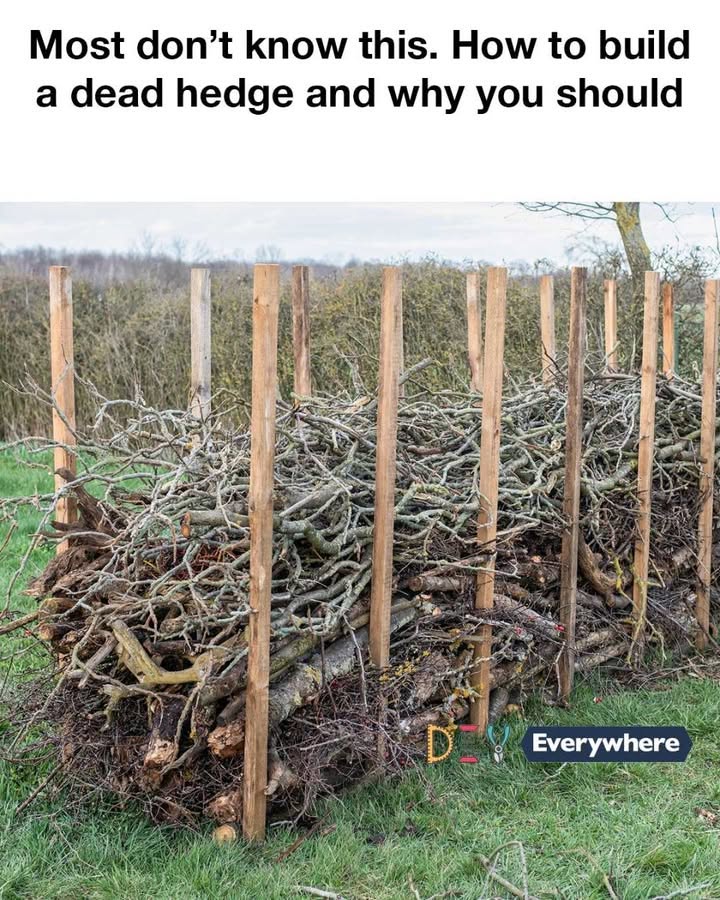A dead hedge is a simple, eco-friendly structure made from branches, twigs, and other natural materials. It serves as a barrier or boundary in gardens and natural landscapes. Unlike traditional hedges, dead hedges do not require living plants, making them a low-maintenance option for gardeners. They are particularly useful in areas where traditional hedges struggle to grow due to poor soil conditions or lack of sunlight. Dead hedges have been used historically in Europe as a practical solution for fencing and habitat creation. They are gaining popularity today as people look for sustainable and wildlife-friendly gardening practices.
Benefits of Building a Dead Hedge
Dead hedges offer numerous benefits, both practical and ecological. They provide a habitat for wildlife, offering shelter and nesting sites for birds, insects, and small mammals. This can increase biodiversity in your garden. Additionally, dead hedges act as windbreaks, reducing soil erosion and protecting more delicate plants from harsh weather. They also recycle garden waste, turning pruned branches and twigs into a useful structure rather than sending them to landfill. Furthermore, dead hedges can enhance the aesthetic appeal of a garden, adding a rustic, natural look that blends seamlessly with the environment.
